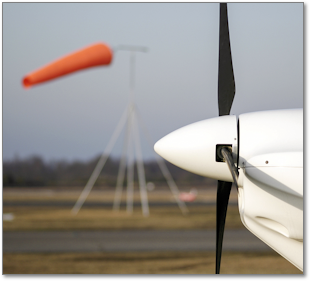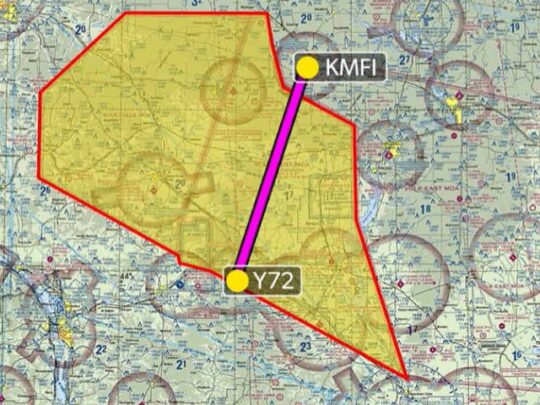Subscriber question:
"Wind shear: where and when do we encounter it and what is the correct procedure we can use if it is encountered?" - Mike H.
John:
“Wind shear is defined as a sudden change in wind speed or direction. It is particularly hazardous to aircraft operations at low altitudes on takeoff or landing.
 Wind shear may be encountered almost anywhere. The most common encounters though are near thunderstorms or in gusty surface winds, typically after a frontal passage.
Wind shear may be encountered almost anywhere. The most common encounters though are near thunderstorms or in gusty surface winds, typically after a frontal passage.
Thunderstorms can produce microburst wind shear. This can create a severe hazard for aircraft within 1,000 feet of the ground, particularly during the approach, landing and takeoff phases. You may encounter a headwind (performance increasing) followed by a downdraft and tailwind (both performance decreasing), possibly resulting in terrain impact.
The exact recovery technique will differ depending upon aircraft type but generally, the first action is to immediately apply full power and pitch for best angle of climb. Review your POH or Airplane Flight Manual (AFM) for specific guidance on your aircraft.
You should promptly report any wind shear encounter to ATC. Advance warning of this information will help other pilots in avoiding or coping with wind shear.”

